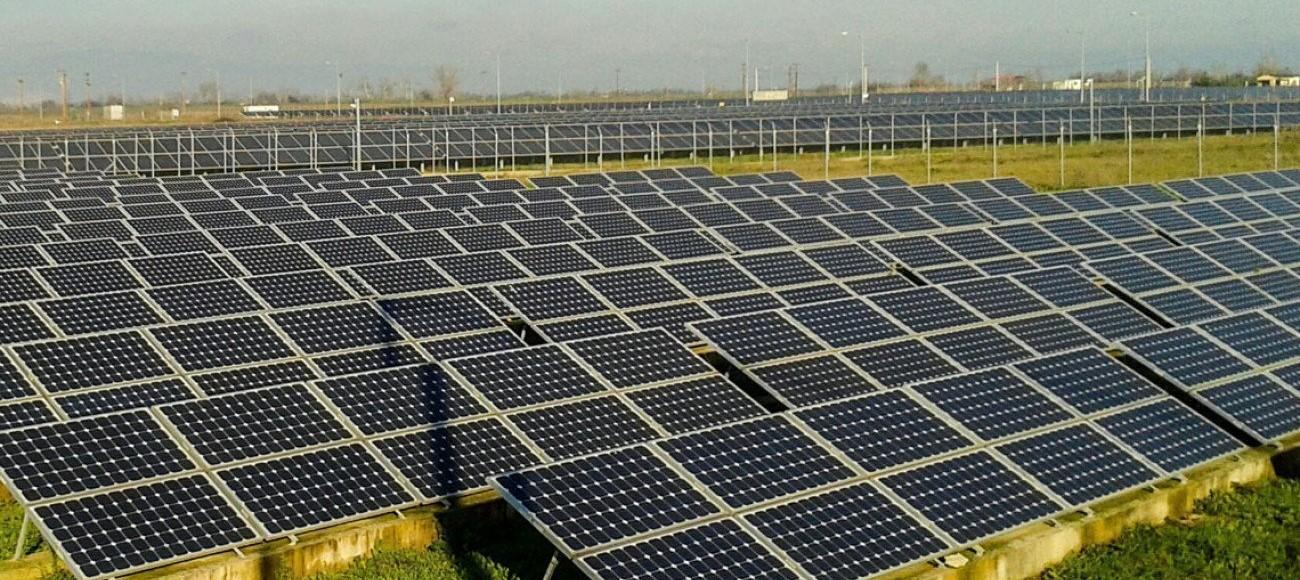The development of renewable energy is considered a priority for Cyprus, but not every project gets the green light. In 2025, Bioland Project 85-1 Ltd submitted an application to build and operate an 8-megawatt photovoltaic park in the community of Agios Theodoros in the Larnaca district. However, recently the Department of Environment of Cyprus issued a negative decision, citing risks to a protected natural area.
Why the Project Was Denied
The project planned the installation of 14,814 solar panels at 540 W each, construction of a substation, an operator building, internal roads, fencing, and connection to the Electricity Authority of Cyprus (EAC) grid.
The key issue was that the park was to be located just 60 meters from the Potamos Pentaschinos Special Protection Area (SPA). The environmental authority emphasized that construction and operation in such proximity could cause irreversible damage to protected ecosystems and undermine conservation goals for rare bird species.

Significance of the Potamos Pentaschinos SPA
The Potamos Pentaschinos Special Protection Area is notable for its biodiversity, featuring mountainous and semi-mountainous landscapes, aquatic ecosystems, and lowland areas. This unique combination makes it critical for rare species listed in Annex I of the EU Birds Directive (2009/147/EC).
The SPA was designated to protect six rare bird species, one migratory species, and a broader group of migratory birds. It serves as a feeding, resting, and breeding site and is considered one of the key nesting areas in Cyprus.
Balancing Energy and Ecology
The rejection of the project demonstrates Cyprus’ effort to balance renewable energy development with biodiversity conservation. In recent years, the number of solar parks on the island has been growing rapidly, as solar energy accounts for over 15% of total renewable generation. However, each new project must comply with nature protection requirements.
Experts note that the future of solar energy in Cyprus will depend on the careful selection of suitable sites for solar installations. Otherwise, even the most advanced technologies could damage the island’s unique ecosystems.
